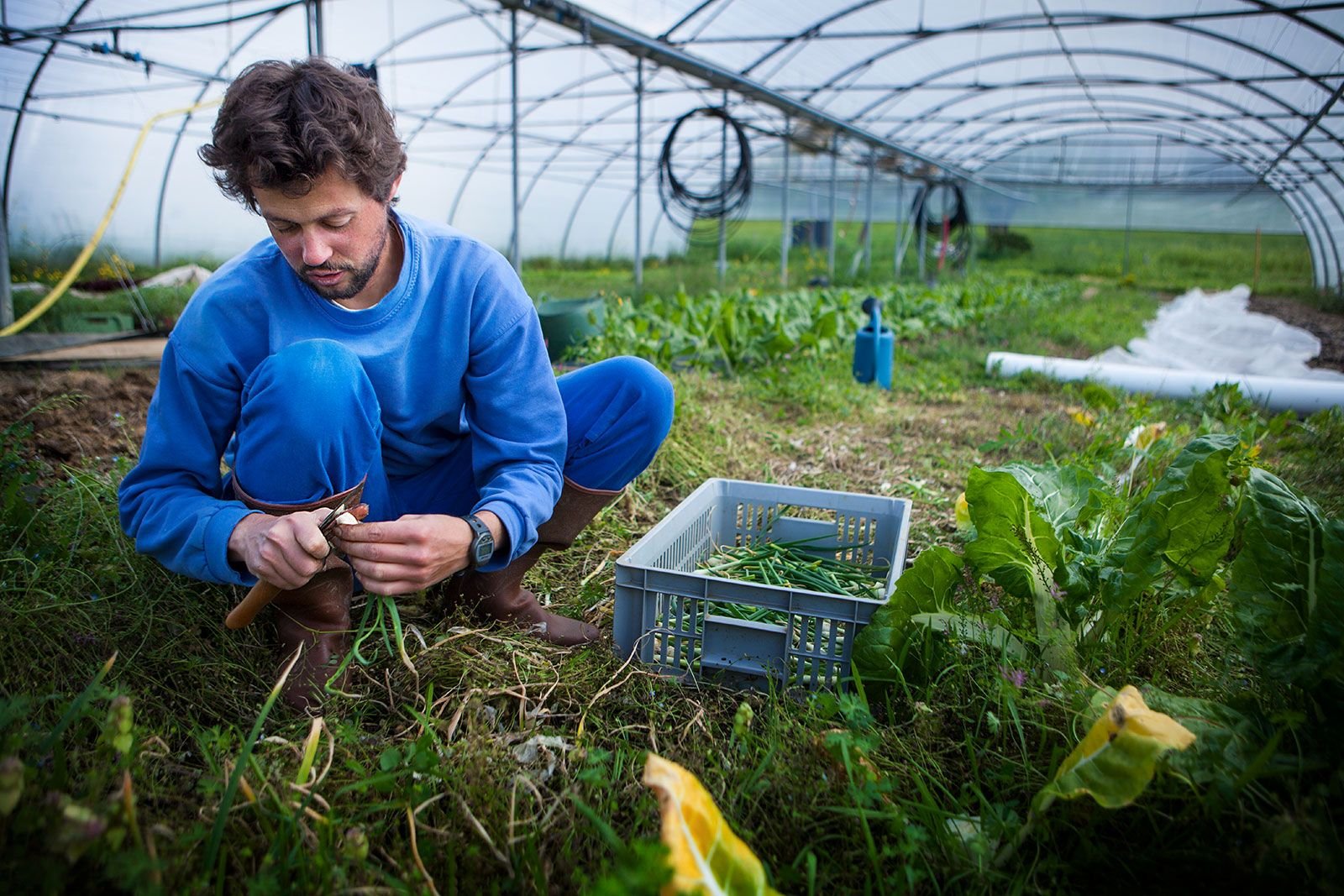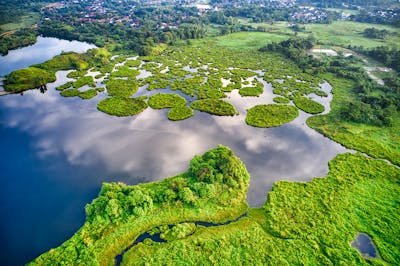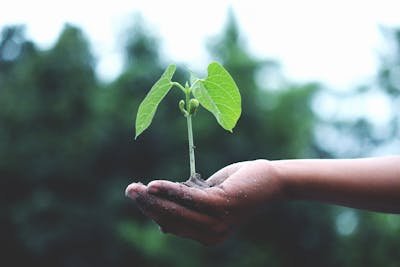Sustainable agriculture is a farming approach aimed at meeting society’s food needs without compromising the health of the environment. As the global population grows, traditional farming methods have led to various environmental issues, including soil degradation, loss of biodiversity, and excessive water consumption. To counter these problems, sustainable agriculture focuses on techniques that reduce harm to ecosystems while maintaining productive farming. This article will discuss some key methods that help reduce environmental impact and ensure long-term agricultural sustainability.
Crop Rotation and Diversity
One of the oldest and most effective sustainable farming methods is crop rotation. This practice involves alternating different crops on the same land over time, rather than planting the same crop repeatedly. By rotating crops, farmers can naturally replenish soil nutrients, reduce the likelihood of pest outbreaks, and improve overall soil health. For example, legume crops, such as beans, help fix nitrogen in the soil, reducing the need for chemical fertilizers. Crop diversity also helps break the life cycles of pests, minimizing the need for pesticides and encouraging a balanced ecosystem.
Reduced Tillage Practices
Tilling is a common farming technique used to prepare the soil for planting by breaking it up. However, frequent tilling can lead to soil erosion, degrade organic matter, and release stored carbon into the atmosphere. Reduced tillage, or no-till farming, is a sustainable alternative that minimizes soil disturbance. By leaving plant residues on the soil and reducing plowing, this method helps retain moisture, protect soil structure, and reduce the need for chemical inputs. In the long run, reduced tillage can increase soil fertility and enhance carbon storage, making it a key strategy for sustainable farming.
Integrated Pest Management (IPM)
Pests are a common issue in farming, but over-reliance on chemical pesticides can harm the environment by killing beneficial insects, contaminating water sources, and reducing biodiversity. Integrated Pest Management (IPM) is a sustainable solution that uses a combination of techniques to control pests while minimizing chemical use. IPM encourages natural predators, such as birds and beneficial insects, to keep pest populations in check. It also promotes monitoring pest levels and using targeted interventions only when necessary, reducing the need for widespread pesticide applications.
Key elements of IPM include:
- Encouraging natural predators like beneficial insects.
- Using resistant crop varieties to reduce pest vulnerability.
- Applying pesticides only when necessary, in a targeted manner.
Agroforestry
Agroforestry is a sustainable farming system that combines trees and shrubs with crops or livestock on the same land. This method helps improve soil fertility, prevent erosion, and enhance biodiversity. Trees and shrubs provide shade, reduce wind erosion, and help retain soil moisture, benefiting both crops and livestock. Additionally, agroforestry sequesters carbon by absorbing carbon dioxide from the atmosphere, helping mitigate climate change. The presence of trees also provides habitats for wildlife, increasing biodiversity on the farm and creating a more resilient ecosystem.
Water Conservation Techniques
Water is a vital resource for agriculture, but traditional farming methods often result in water wastage and pollution. Sustainable farming focuses on efficient water use through practices such as drip irrigation, rainwater harvesting, and selecting drought-resistant crops. Drip irrigation delivers water directly to the plant roots, minimizing water loss through evaporation. Rainwater harvesting involves collecting and storing rainwater for later use, particularly during dry seasons. By implementing these water-saving techniques, farmers can reduce their environmental footprint while ensuring crops receive the water they need.
Organic Farming
Organic farming is a well-known sustainable agriculture practice that avoids synthetic chemicals and emphasizes natural processes. Organic farmers use compost, manure, and natural fertilizers to enhance soil fertility, and rely on biological pest control rather than chemical pesticides. By avoiding genetically modified organisms (GMOs) and synthetic inputs, organic farming promotes soil health and biodiversity. Although organic farming may require more labor, its environmental benefits, such as reducing pollution and maintaining long-term soil fertility, make it an important strategy for sustainability.
Conclusion
Sustainable agriculture is essential for reducing the environmental impact of farming while ensuring food security for future generations. By adopting methods like crop rotation, reduced tillage, integrated pest management, agroforestry, water conservation, and organic farming, farmers can create more resilient and eco-friendly agricultural systems. These practices not only benefit the environment but also help improve soil health, protect biodiversity, and contribute to the fight against climate change. Sustainable agriculture is key to meeting global food needs without further harming the planet.
FAQs
Q1: What is the main goal of sustainable agriculture?
The main goal of sustainable agriculture is to produce food in a way that maintains the health of the environment, supports biodiversity, and preserves natural resources for future generations.
Q2: How does reduced tillage benefit the environment?
Reduced tillage helps prevent soil erosion, maintains soil structure, conserves water, and reduces greenhouse gas emissions by limiting the use of heavy machinery.
Q3: What role does agroforestry play in sustainable farming?
Agroforestry combines trees with crops or livestock, providing benefits such as improved soil fertility, reduced erosion, increased biodiversity, and carbon sequestration.
Q4: How does integrated pest management (IPM) reduce the use of pesticides?
IPM focuses on using natural predators and targeted control methods to manage pests, reducing the reliance on chemical pesticides and minimizing environmental harm.



